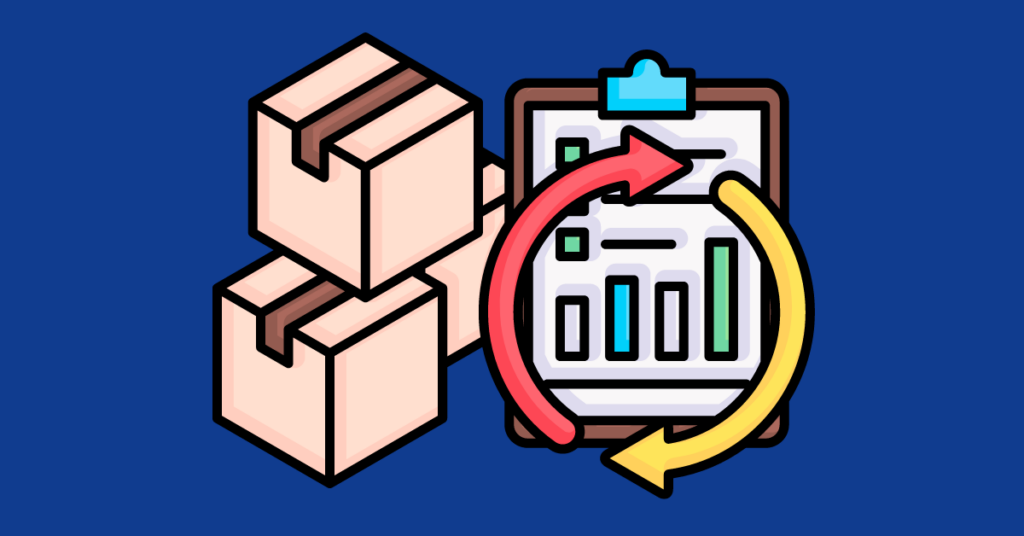What Is the Bullwhip Effect?

The bullwhip effect is a phenomenon in supply chain management where small fluctuations in demand at the retail level cause progressively larger fluctuations in demand at the wholesale, distributor, manufacturer, and raw material supplier levels. This effect resembles the motion of a bullwhip being cracked, where a small movement at the handle results in a […]
What is a Purchase Requisition?

In any business, managing purchases effectively is crucial to maintaining control over expenses and ensuring smooth operations. A key part of this process is the purchase requisition, a formal request for goods or services that initiates the procurement process. Understanding a purchase requisition, why it’s important, and how it works can significantly improve your organization’s […]
Economic Order Quantity (EOQ)

Economic Order Quantity (EOQ) is a formula used in inventory management to determine the optimal number of units to order at one time. The goal of EOQ is to minimize the total cost associated with ordering and holding inventory. This model helps businesses balance ordering costs (expenses related to placing and receiving orders) and holding […]
What is Straight Line Depreciation?

Straight line depreciation is one of the easiest methods for spreading the cost of an asset over time. In business, understanding how assets lose value is crucial for accurate financial reporting. With this method, you can evenly distribute the cost of an asset across its useful life. It’s perfect for assets that wear down consistently, […]
What is Retail Management?

Retail management is the backbone of any successful retail business, playing a crucial role in ensuring smooth operations, maximizing profitability, and delivering a great customer experience. Whether you’re managing a small boutique or a large chain of stores, understanding the fundamentals of retail management is essential. This blog explores what retail management entails, provides practical […]
What Is Average Inventory?

Effective inventory management is essential for maintaining smooth business operations. One critical metric in this area is average inventory. Understanding what average inventory is and how to calculate it can provide valuable insights into your inventory levels, help optimize stock management, and improve financial performance. In this blog, we’ll be discussing: What Is Average Inventory? […]
How to Create SKU

Creating SKU numbers is a fundamental process in managing inventory efficiently. If you’ve ever wondered how to create SKU numbers or why they are essential for your business, this guide is for you. In this blog, we’ll delve into the significance of SKUs, how to create them, and tips for building an effective SKU number […]
What Is a Purchase Order?

Effective procurement is essential for smooth business operations, and understanding how purchase orders (POs) work is key. A well-structured purchase order ensures clarity and efficiency in transactions. By learning how purchase orders work and how to create them, you can streamline your workflow and avoid common pitfalls. Additionally, differentiating between purchase orders and invoices clarifies […]
How to Compute Days in Inventory

Effective inventory management is crucial for optimizing business operations. One key metric is “Days in Inventory,” which measures how efficiently a company manages its stock. By understanding Days in Inventory, businesses can gain insights into their stock turnover rates, manage cash flow more effectively, and enhance overall operational efficiency. This metric helps in identifying slow-moving […]
What Is Cross-Docking?

Cross-docking is an innovative logistics strategy designed to enhance efficiency and streamline supply chain operations. Cross-docking minimizes delays and reduces costs by directly transferring goods from incoming to outgoing transportation with minimal or no storage time. This approach is particularly effective for high-demand and time-sensitive products. In this blog, we will explore the benefits of […]


